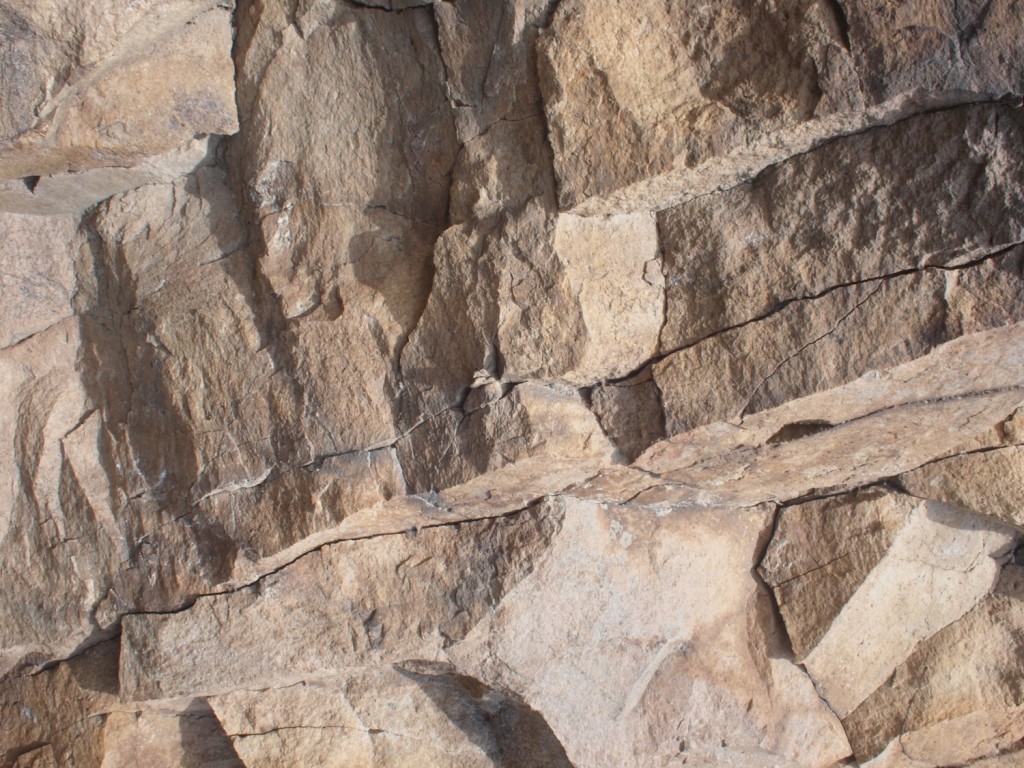 I’d been in NYWC less than 24 hours and a minor storm about terroir (French for the taste of the place – a concept applicable to cheese no less than wine) blew up on twitter. A grossly over-simplified concept of terroir is still doing the rounds and some people are clinging to it as if it were a religious dogma, which is screwing serious debate on this subject. This ABC version of terroir says that because, for example, the roots of the Riesling vines on the Mosel penetrate deep into the slate bed rock they therefore absorb something like liquified slate and this gets pumped into the grapes, which is what gives Mosel Rieslings their special “slatey” character. There’s also a burgundian version of this fairy tale which says because the roots of the Pinot vines penetrate into the limestone bed rock of the Cote d’Or they therefore absorb something like liquified limestone and pump this into the grapes, giving red Burgundies their special mineraly character. Sadly all of this is just not true. There’s no scientific evidence at all that vines growing on a soil rich in calcium (e.g. limestone) give wines which are richer in calcium than those growing on soils much less rich in calcium, and there’s no scientific evidence at all that vines growing on slate give wines richer in the main minerals of which the slate is composed (these vary depending upon the sedimentary material from which was later turned into slate by pressure and heat) than those growing on non-slate soils. One of the Hard Facts of Terroir is that the vine, regardless of the variety, absorbs minerals from the soil selectively according to its needs.
I’d been in NYWC less than 24 hours and a minor storm about terroir (French for the taste of the place – a concept applicable to cheese no less than wine) blew up on twitter. A grossly over-simplified concept of terroir is still doing the rounds and some people are clinging to it as if it were a religious dogma, which is screwing serious debate on this subject. This ABC version of terroir says that because, for example, the roots of the Riesling vines on the Mosel penetrate deep into the slate bed rock they therefore absorb something like liquified slate and this gets pumped into the grapes, which is what gives Mosel Rieslings their special “slatey” character. There’s also a burgundian version of this fairy tale which says because the roots of the Pinot vines penetrate into the limestone bed rock of the Cote d’Or they therefore absorb something like liquified limestone and pump this into the grapes, giving red Burgundies their special mineraly character. Sadly all of this is just not true. There’s no scientific evidence at all that vines growing on a soil rich in calcium (e.g. limestone) give wines which are richer in calcium than those growing on soils much less rich in calcium, and there’s no scientific evidence at all that vines growing on slate give wines richer in the main minerals of which the slate is composed (these vary depending upon the sedimentary material from which was later turned into slate by pressure and heat) than those growing on non-slate soils. One of the Hard Facts of Terroir is that the vine, regardless of the variety, absorbs minerals from the soil selectively according to its needs.
Certainly, many aspects of the soil’s composition, beginning with it’s water-retention, extending to alkalinity/acidity and microbial activity (which have a major affect on what nutrients are available to the vine), dramatically influence the wine that grows there. However, the idea that limestone literally gives red Burgundy a limestone taste is no less fallacious than the idea that slate directly infuses Mosel Riesling with a slatey taste. By the way, the main mineral in any wine is potassium, which may be present in quantities of up to or slightly exceeding 1000ppm (i.e. one tenth of a percent, or one gram per liter). A high potassium content gives wine a salty aftertaste, which is the only actual minerality you can taste, though wine experts often refer to certain other tastes as being “minerally”. The next most important mineral in wine is usually calcium, of which there is not a tenth of the quantity as potassium. All the other minerals are present are mere traces compared with the potassium, which the vine pumps into the skins of the grapes during the ripening of the grapes. Sorry to let some of you terroir freaks down with a bump! The other thing about terroir is that it always begins with climatic factors and the way soil influences wine character is indirect and complex, and, perhaps for this reason, as yet rather poorly understood by wine scientists. So there’s still plenty of mystery!

![120114_riesling_global_RZ [1600x1200]](http://www.stuartpigott.de/wp-content/uploads/2013/03/120114_riesling_global_RZ-1600x12005.jpg)